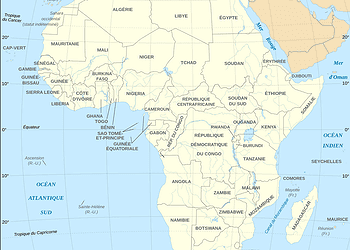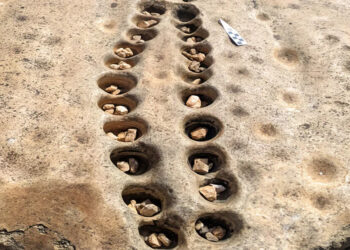
Scientists have warned for years that a helium shortage crisis is looming. While this is technically true, we just bought some time in delaying the inevitable after geophysicists discovered a new helium reserve in Tanzania, Africa.
Why Helium is so important
Most of us are familiar with helium balloons, but the gas is far more valuable than a cheap party trick. About 20 percent of all the processed helium in the world is used by the medical sector which depends on it to cool superconducting magnets for MRI machines. Liquid helium is also used to cool just about every important physics experiment, and is hence indispensable to scientific efforts.
Technically, helium is a renewable resource constantly being replenished by radioactive materials like uranium which eventually decay into lighter elements. But helium is in short supply accounting for only 5 parts per million in our atmosphere. Moreover, being lighter than air it leaches out into space. Coupled with extensive use, this means we’re using more helium than the planet is generating — yet another classic example of unsustainability.
According to a 2010 study, all of the known helium reserves should run out in the next 25 years. Bye, bye helium balloons — unless you’re prepared to pay hundreds of dollars for one.
We just bought some time, though. Speaking at the Goldschmidt geochemistry conference, researchers from Durham and Oxford University claimed they have identified a massive helium reserve in the East African Rift Valley, a highly active volcanic area in Tanzania.
“We sampled helium gas (and nitrogen) just bubbling out of the ground in the Tanzanian East African Rift valley. By combining our understanding of helium geochemistry with seismic images of gas trapping structures, independent experts have calculated a probable resource of 54 billion cubic feet (BCf) in just one part of the rift valley.” Chris Ballentine, a researcher on the project said. “This is enough to fill over 1.2 million medical MRI scanners. To put this discovery into perspective, global consumption of helium is about 8 BCf per year and the United States Federal Helium Reserve, which is the world’s largest supplier, has a current reserve of just 24.2 BCf. Total known reserves in the USA are around 153 BCf. This is a game changer for the future security of society’s helium needs and similar finds in the future may not be far away.”
If the findings are confirmed, then the helium stockpile from Tanzania is at least 50 times bigger than the previous record holder, a one-billion-cubic-feet reserve near Amarillo, Texas.
Other such stockpiles might be found elsewhere in the world, where volcanic activity is strong. This is how the researchers, who partnered with a specialized Norwegian company called Helium One, discovered the reserve in the first place.
“We show that volcanoes in the Rift play an important role in the formation of viable helium reserves. Volcanic activity likely provides the heat necessary to release the helium accumulated in ancient crustal rocks. However, if gas traps are located too close to a given volcano, they run the risk of helium being heavily diluted by volcanic gases such as carbon dioxide, just as we see in thermal springs from the region. We are now working to identify the ‘goldilocks-zone’ between the ancient crust and the modern volcanoes where the balance between helium release and volcanic dilution is ‘just right’,” said Diveena Danabalan, lead author of the research.





